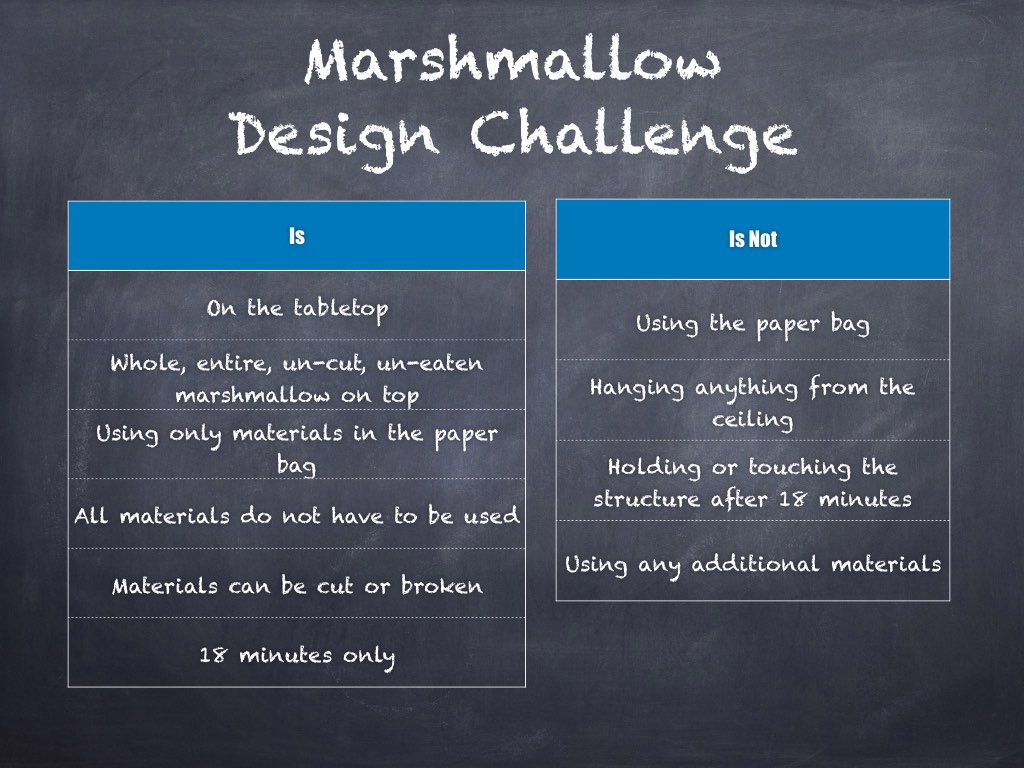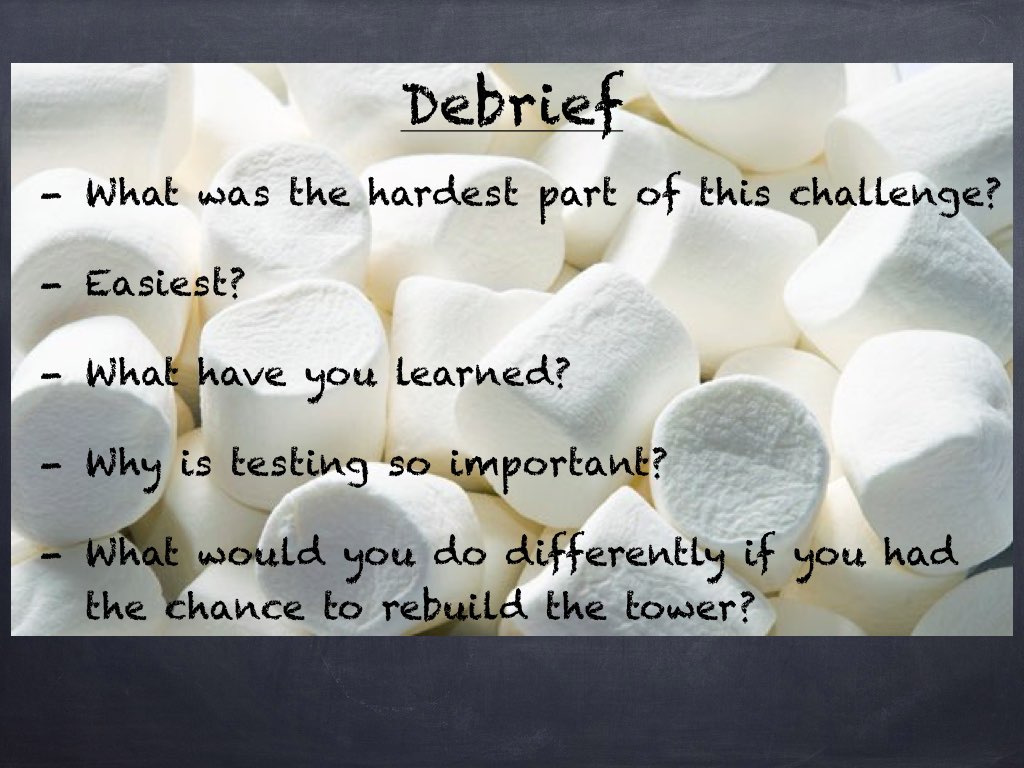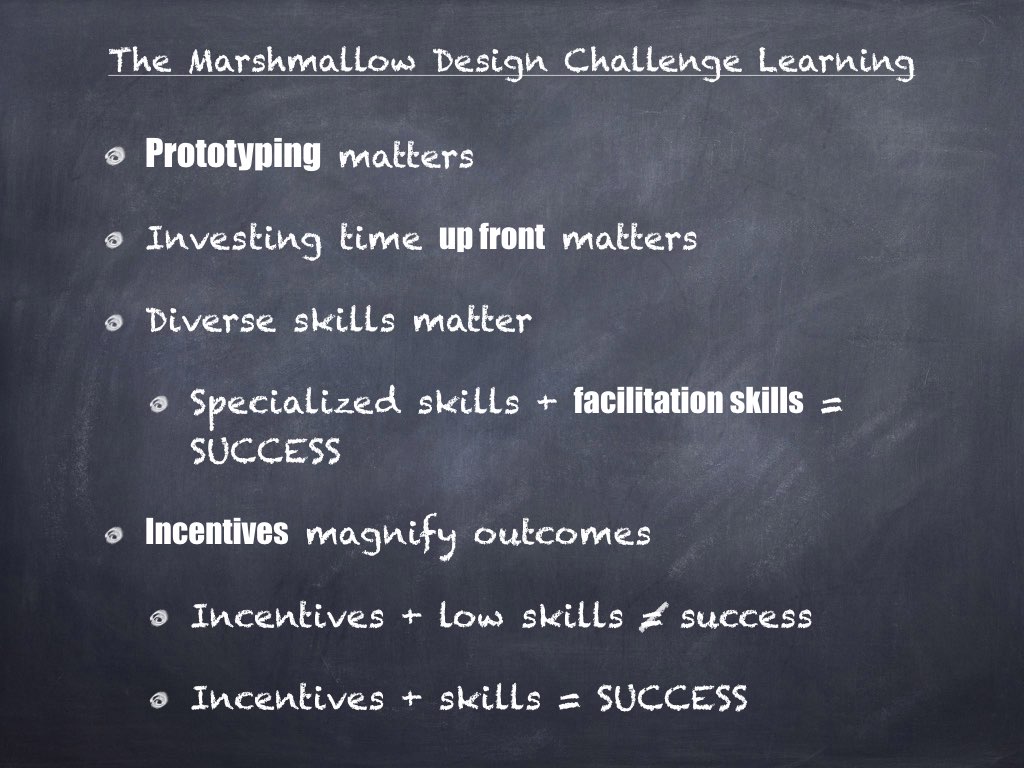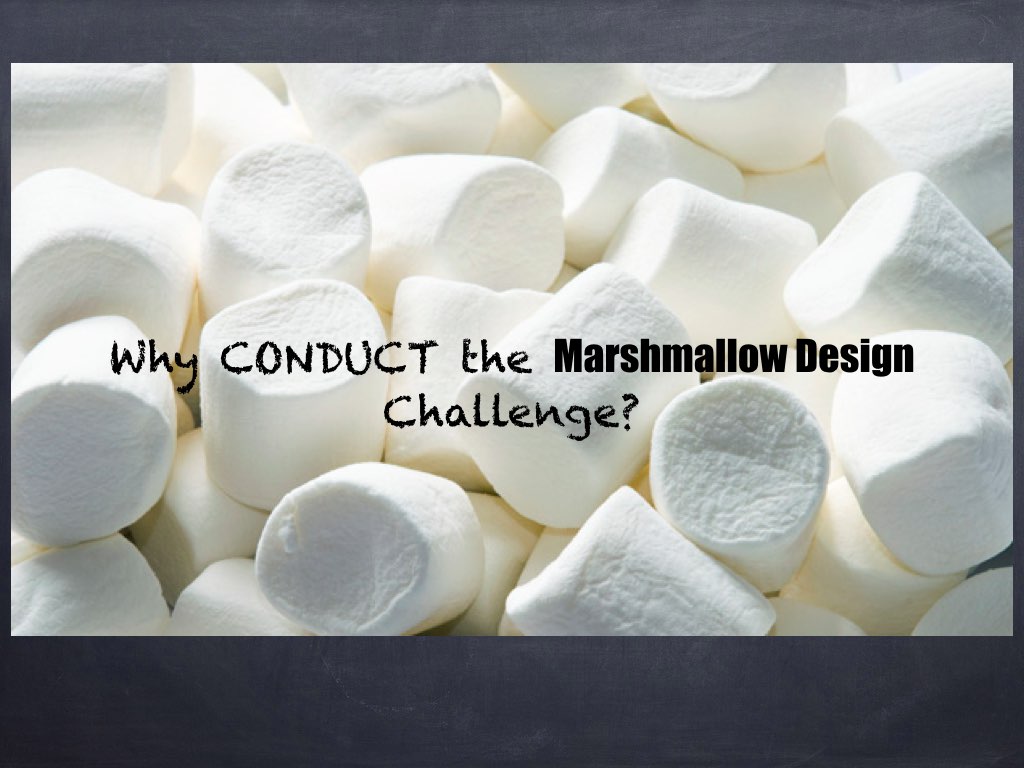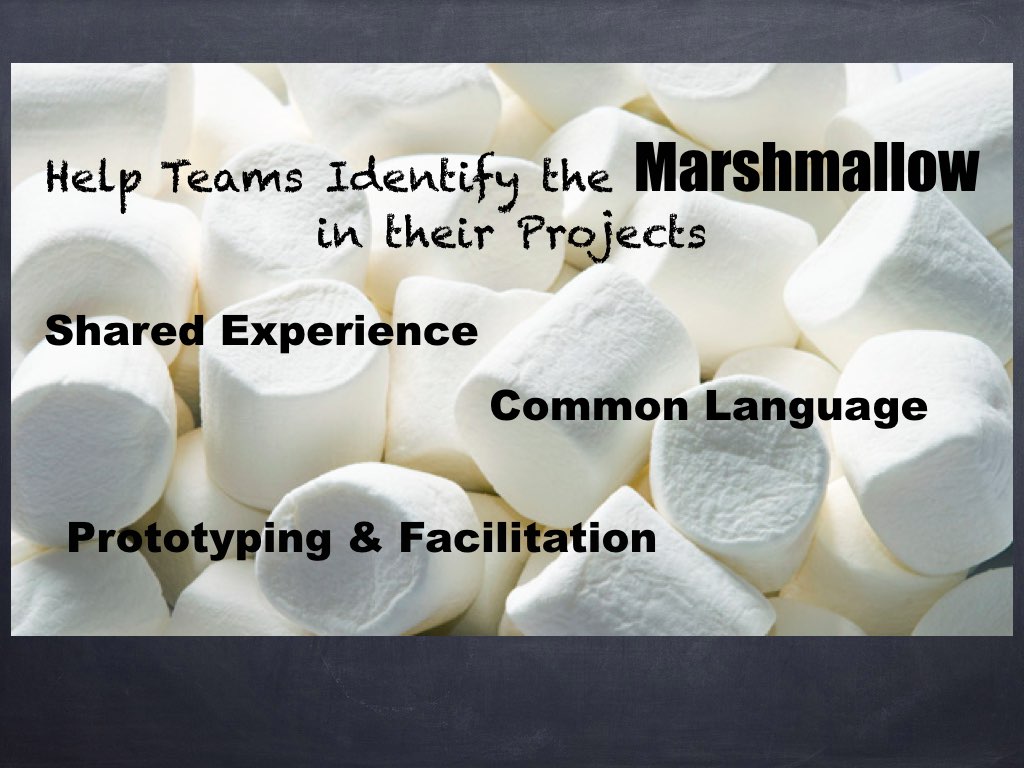Summer 2016 Design Thinking workshop with
Henry Ford Learning Institute (HFLI)
HFLI workshop experience
The first workshop that I attended with the Henry Ford Learning Institute (HFLI) was an introduction to Design Thinking for educators (August 3 through 5, 2016). Having taken a Design Thinking course at Stanford as part of their Advanced Project Management (SAPM) program, I was tempted to forego this workshop. However, after speaking with the associate director of Design Thinking at HFLI, I was convinced that I should attend. Although I am familiar with the Design Thinking process, attending the workshop with a group of experienced educators was very different compared to the SAPM experience. We, in the corporate world, see things in a different way from educators. Such varying viewpoints are good; at the same time, these can mislead us if we do not truly understand the educators’ world.
I gained a number of valuable insights from this workshop. I was touched and humbled by the HFLI team who shared a great deal of their Design Thinking educational resources, which have been created with much effort over the years. Their Design Thinking curriculum has been well-tested in their charter schools from K through 12th grade; therefore they can be prototyped and eventually implemented in other schools.
The second workshop called “The Innovation Collaborative”, on August 8 and 9, 2016, was organized for the advanced Design Thinkers who have implemented Design Thinking in their K-12 classrooms. Educators from many countries, with different cultures and different languages, came together under one roof with a shared interest of elevating the Design Thinking experience to a higher grade for their respective schools and communities. We shared with each other our success stories, challenges, and vital questions as we moved forward.
I applaud the HFLI team for designing outstanding workshops and facilitating collaboration among schools, and for allowing us to gain great inspirations, tools, and connections for the next significant step in our journey.
Empathy can be powerful and positive
It was the day after the Delta global computer system outage that I was flying out of Detroit on Delta, after finishing my week-long Design Thinking workshops with HFLI. The workshop ended at 2:00 pm on the 9th of August and I was ready to fly back to California to reunite with family. Except, I had booked my flight for a 10:10 pm departure which meant an eight-hour-long wait assuming the flight did not get delayed or canceled. I decided to head straight to the airport from the workshop to try my luck and get into an earlier flight in-spite of my lovely host’s kind and generous offer to enjoy one more delicious dinner with them before I head back.
I reached the airport and noticed the long ticket counter lines, not-so-happy customers, and weary officials who have probably been putting in extra hours of work to ensure their customer needs are taken care of. I too joined the line with no expectation. Then, it was my turn and I stepped forward. After a quick, polite exchange of ‘auto-pilot’ mode greetings, the Delta official checked my flight details and was happy to let me know that the 10:10 pm flight is not likely to get delayed or canceled. I was definitely relieved. Then, I asked him if it’s possible to get on the 5:55 pm flight so I could reach home early.
He gave me a stare and I could read his mind. Do you have any idea what is the probability of that happening given we are desperately trying to get stranded passengers out of this airport after the global computer system outage? Then he went back to his computer. While my brain could have switched to ‘wait’ mode, it chose to empathize with his state of mind and in a fraction of a second, I was apologizing to him for having made such a request. Given the challenges they had been facing since the global system outage, I told him that I could totally understand if he would not be able to help me with my request. This time, he gave me a smile and said, “Thank you for understanding. Let me see what I can do”. He then recommended that I do a self-service check-in at the kiosk for the boarding pass and if the system allowed for a flight change option, he could further help.
I went to one of the self-service kiosks and started entering my details. Along the way, a new option popped up asking whether I was interested to volunteer for a flight exchange and I agreed. This could be a ‘win-win’ for me and the airlines, I thought to myself. Once I agreed, the system took me to the airfare bidding menu. Options were from $200 through $500 in increments of $100 along with a custom entry option. I was truly puzzled as I was not expecting the airlines to pay me and also get me on an earlier flight! I decided to settle for $0.00. I entered $0.00 as the bidding fare which was rejected by the system as a user error. I then tried $1.00 which was rejected as well. After few iterations, I found the magic number that the system would finally accept. Triumphantly, I returned to the Delta official. With my amateur storytelling skills, I narrated the experience of volunteering for the airfare exchange followed by the airfare bidding and declared that I had to settle for $10.00 as the bidding airfare since the system would not accept any lower value. He stopped typing and asked, “Why did you not go for the $500 bidding option? You could have potentially gotten both the money and the earlier flight. But I am surprised you made this choice.” I reflected on my actions for a moment and then replied, “Well, it’s a challenging day for Delta. Yet, you have been very helpful. I am very thankful to you and the team for trying to get me a standby flight. Hopefully, you will save me some time and I will save Delta some money, with this choice”. We then parted with a warm smile and wishing each other well after exchanging few friendly conversations. Mutual empathy connected two individuals of completely different nature, jobs, and culture. It added a new dimension to problem solving and happiness, I realized. That was indeed powerful and positive to experience.
After comfortably settling in the 5:55 pm flight, I opened my personal journal to ink my HFLI experience.
Without any doubt, the HFLI team did a fantastic job of turning me further towards an empathetic mindset through their workshops and their impact on the schools they are serving in the local Detroit community. In this trip, I continued to experience that having a Design Thinking mindset which starts with empathy does make a difference in the choices we make in any journey we take in our life.
(Posting by Harini Senthilvasan, Founder & CEO, Marshmallow Minds)



